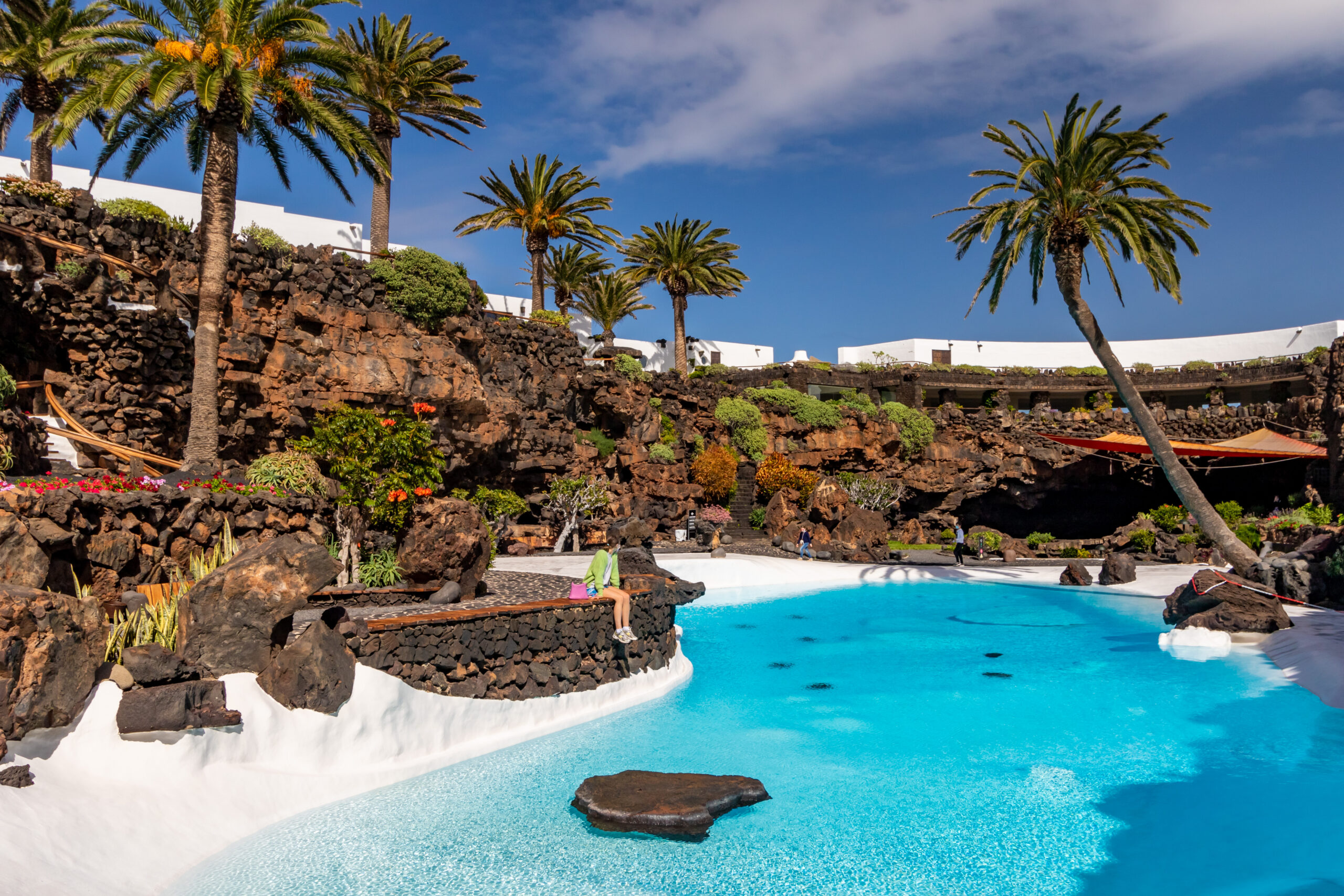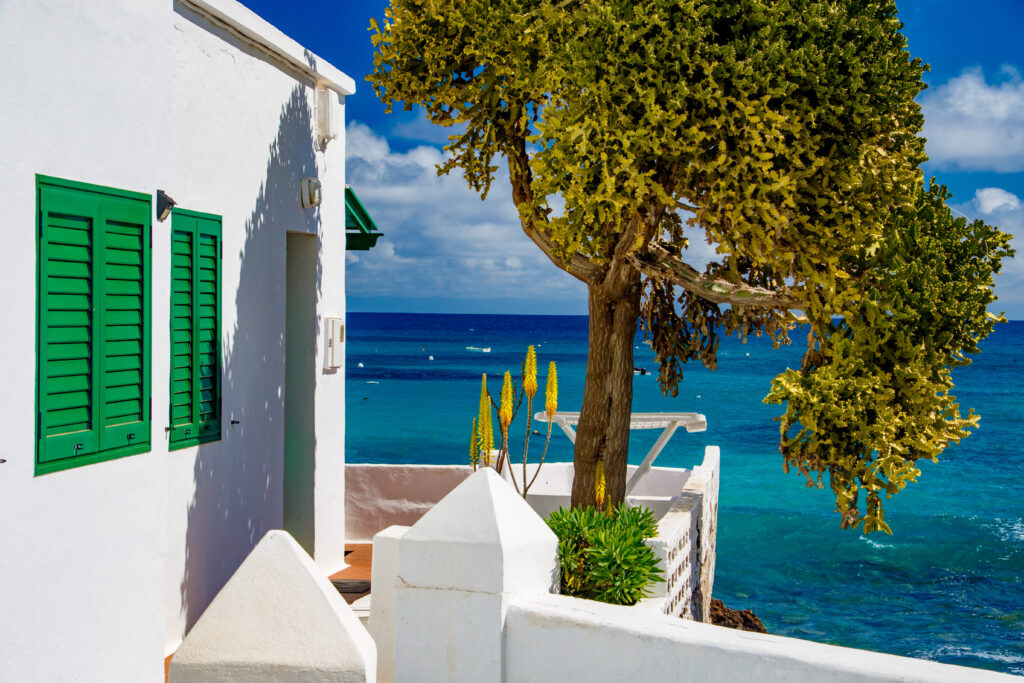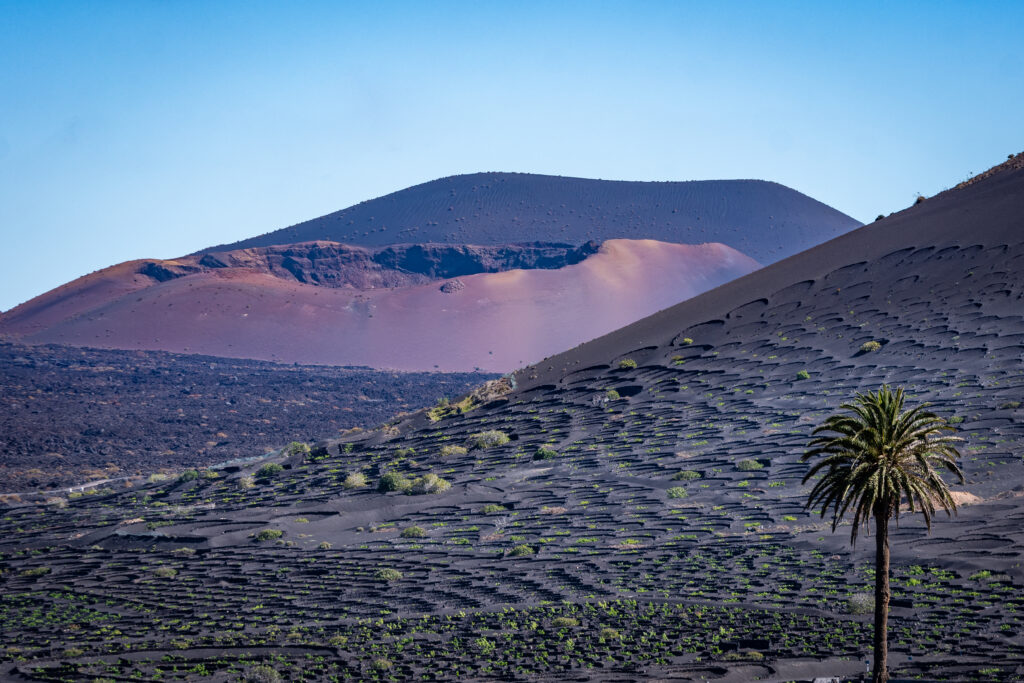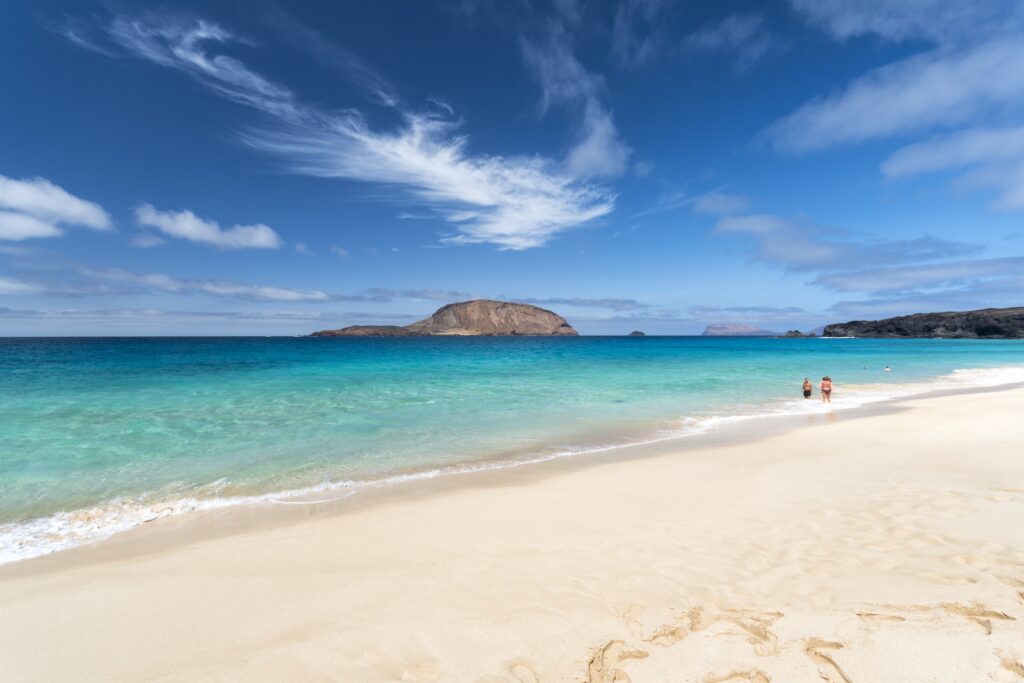
One of Spain’s warmest places for winter sun: Guide to discover Lanzarote
Lanzarote, in the Canary Islands, is blessed with the best of Europe’s winter weather.
Winter feels different in Lanzarote.
Thanks to its geography, the island of Lanzarote is under stable and pleasant temperatures all year round: mild winters and summers, with an average of 22 and 26 degrees Celsius (71-78 degrees Fahrenheit) and far from the extreme temperatures that dominate the European continent. It’s usually described as an eternal spring-weather like!
We’ve compiled some plans for those adventurous travelers seeking experiences that offer authentic insight into a community’s way of life.

César Manrique and Tourist Centers
César Manrique (1919-1992) was a local artist inspired by the incredible natural beauty of his homeland. Lanzarote holds the secrets of living and not fighting against natural elements. “Being born here influences any moderately sensitive being,” with this wisdom, Manrique reflected his work creating The Centres for Art, Culture and Tourism.
One of Manrique’s spectacular projects blending art and nature is Jameos del Agua. These magnificent caves sit in a seven-kilometer-long lava tunnel formed some 25,000 years ago with some parts that collapsed forming some sorts of ‘holes’ in the ceiling (jameos). Here, Manrique represented Lanzarote’s landscape most iconic colors: blue (ocean), green (vegetation), red (volcanic eruptions) and white (houses walls and architecture).

Rising from the volcanic ashes – wine at La Geria landscape
After the volcanic eruptions, the island’s farmers had to develop clever engineering to adapt cropping methods to the landscape that was now covered in ashes. Since grapevines could survive, the secret ingredient was the dreaded ash itself. With conical hollows built into layers of volcanic ash – three meters wide by three to four meters deep -, collecting the sparse rain and dew, and funneling the water to the plant’s root, the volcanic ashes draw moisture from the air and retain it in the soil. The low semicircular wall, built from lava stones, shields the vines from the winds creating a landscape like no other in the world!
In the Protected Landscape of La Geria one can find several bodegas (wineries) which sell international award-winning wines, like some of the best-known wines of the malvasia grape.

Gastronomy
With rain so rare, both viticulture and agriculture exist in Lanzarote through the daily miracle of crops sprouting from the black grit found almost everywhere. Plum, firm and with concentrated flavors, grains and vegetables highlight local stews.
The Atlantic surrounding the island provides seasonally local seafood and fresh-caught fish together with La Santa prawns, a culinary delicacy. The most common variety of meats include pork, chicken, rabbit and goat.
Papas arrugadas, or Canarian wrinkly potatoes, are a must in regional cuisine! They are usually served with red mojo sauce, made from either red bell peppers or chili peppers, and green mojo sauce, made from coriander and/or parsley.

La Graciosa
Small, quiet, with no paved roads and barely inhabited, La Graciosa is just a half an hour by boat from Lanzarote. There are wonderful, deserted beaches, turquoise water and an unspoiled landscape that make it the perfect place to enjoy a few days of calm and relaxation.

An island rooted in sustainability
The unique model of development that the island has experienced, with sustained economic growth and clear protection and conservation of nature and the environment, has helped to obtain in 1993 the declaration of UNESCO’s Biosphere Reserve. Such recognition was the definitive confirmation of the islanders’ continued commitment to respect for and conservation of their environment.

Lanzarote and mainland Spain – the perfect match!
Combining Lanzarote with bucket-list Spanish destinations like Madrid, Barcelona, Seville or Bilbao is easily feasible thanks to daily flights from these cities for the adventurers. Welcome to this winter sun destination paradise that is just around two and a half hours by plane southwest from mainland Spain. Flip flops in winter? Not crazy!
Posted in:






